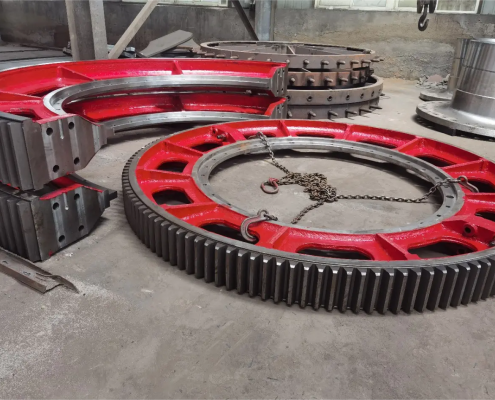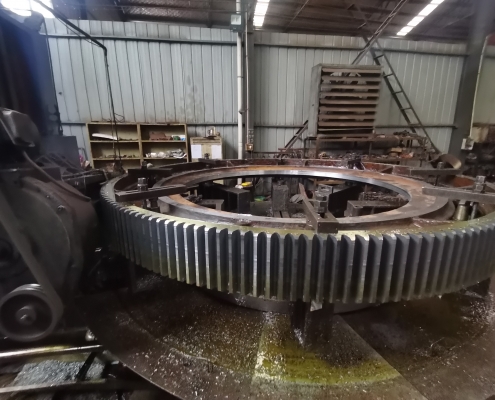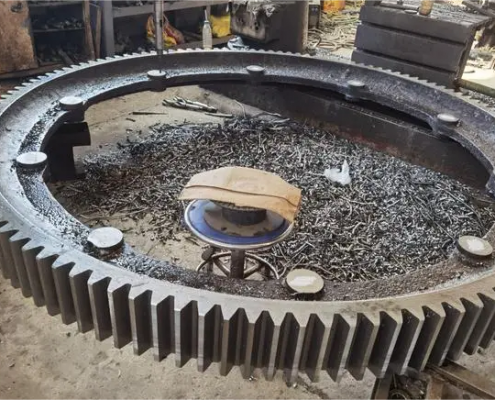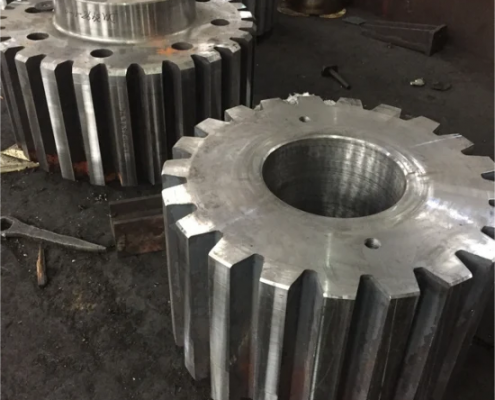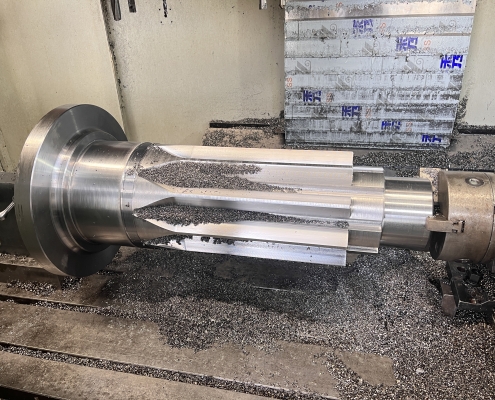Exploring the Thrill of Online Poker Demo in Thailand

Over the past decade, online poker has transformed from a niche pastime into a global entertainment phenomenon. Players from all corners of the world from bustling cities in Asia to quiet coastal towns in Australia are discovering the excitement, skill, and strategy behind this classic card game.
In Thailand, the interest in poker has been steadily growing, especially with the availability of the online poker demo Thailand format. For new players and seasoned card sharks alike, the demo version offers an ideal starting point to sharpen skills without immediate financial risk.
In this article, we’ll explore what the online poker demo Thailand experience is all about, why it’s gaining popularity, and how you can start enjoying this exciting digital version of one of the world’s most beloved card games.
What Is an Online Poker Demo ?
Before we dive into the specifics for Thailand, let’s clarify what a demo version means. An online poker demo is essentially a free-play mode offered by many poker platforms. It uses the same interface, rules, and card dealing mechanics as the real-money game, but you play with virtual chips instead of actual currency.
This approach gives players the ability to:
- Practice strategies without financial risk
- Learn the rules of different poker variants like Texas Hold’em or Omaha
- Get familiar with online platforms before making a deposit
- Experiment with tactics and reading patterns
For many people in online poker Thailand communities, the demo format has been their gateway into the poker world, providing both education and entertainment.
Why the Online Poker Demo Thailand Scene Is Growing
Thailand’s gaming landscape is unique. While certain forms of gambling face restrictions, online entertainment has flourished thanks to the rise of mobile apps, faster internet, and a tech-savvy younger population.
Here’s why poker demo Thailand is getting attention:
1. Accessibility Without Commitment
Anyone with a smartphone or computer can log in and start playing within minutes. No need for upfront deposits means there’s zero risk while exploring the game.
2. Skill Development
Poker is not purely luck-based. Players quickly learn that strategy, probability, and psychological insight play significant roles. The demo version allows practice without the pressure of losing money.
3. Social Connection
Many online poker Thailand platforms integrate chat functions and friend systems, so you can compete with others, share tips, and build a network of fellow players.
4. Cultural Appeal
In Thailand and surrounding regions, card games have a long history as social activities. Transitioning this tradition to an online space feels natural for many.
How to Get Started with an Online Poker Demo in Thailand
If you’re ready to try online poker demo Thailand, here’s a simple guide to help you start:
Step 1: Choose a Trusted Platform
Look for licensed and reputable poker sites that offer a dedicated demo mode. This ensures fair play, reliable servers, and a smooth experience.
Step 2: Create a Free Account
Most platforms will ask for basic information such as an email and username. No payment details are necessary for demo play.
Step 3: Select Your Poker Variant
Popular choices include:
- Texas Hold’em – The most famous format worldwide
- Omaha – Similar to Hold’em but with four hole cards
- Seven Card Stud – A traditional variant with no community cards
Step 4: Play and Experiment
Use your demo chips to try different strategies. Bluff more than usual, test aggressive plays, or practice conservative tactics all without risk.
Step 5: Track Your Progress
Some platforms provide statistics, which are useful for seeing how your win rates change over time.
Benefits of Playing an Online Poker Demo Before Real Money Games
The beauty of starting with a poker demo Thailand option is that it gives you a foundation. When you eventually switch to real money play, you’ll have the confidence of experience behind you.
Key benefits include:
- Understanding Betting Structures – Learn blinds, antes, and raise mechanics
- Bankroll Management Skills – Even with demo chips, you can practice managing resources
- Pattern Recognition – Spot when opponents bluff or play strong hands
- Reduced Emotional Tilt – Learn to control emotions in wins and losses
Players from Southeast Asia to Australia often agree: the leap from demo to real play feels less intimidating when you’ve spent time mastering the basics.
Cultural Considerations for Poker in Thailand and Asia-Pacific
While online poker Thailand attracts a growing audience, understanding the cultural context is important. In many parts of Southeast Asia, including Thailand, gaming is enjoyed in social circles. People often value respect, politeness, and friendly competition over aggressive confrontation.
Here’s how that translates to online play:
- Be respectful in chat – Politeness goes a long way in maintaining a friendly community.
- Value learning over winning at first – Many experienced players are willing to share tips with respectful newcomers.
- Play at comfortable stakes – Even when you switch from demo to real money, start small to avoid unnecessary stress.
The Transition from Online Poker Demo Thailand to Real Play
Once you’ve spent enough time in the online poker demo, you may feel ready to step into the real-money arena. Making that switch can be both exciting and nerve-wracking.
Here are a few tips to make it smooth:
- Set a Budget – Decide in advance how much you’re willing to play with. Treat it as entertainment spending.
- Start Low Stakes – Begin with tables that have minimal blinds to reduce pressure.
- Use Your Learned Skills – Apply the strategies you tested in demo mode.
- Stay Disciplined – Avoid chasing losses; play with a clear mind.
Remember, the purpose is enjoyment and real-money games should still be approached with a sense of balance.
Why Businesses Are Investing in Poker Demo Platforms in Asia
From a business perspective, the poker demo Thailand trend is more than a casual pastime it’s a gateway for customer engagement. Operators use demo modes to:
- Attract New Players – Low barrier to entry encourages sign-ups.
- Educate Users – Demo games teach rules and strategies, increasing confidence for real play.
- Build Loyalty – Players who enjoy the free mode often transition to paid games over time.
Given the growing interest across Asia-Pacific, businesses see this as a sustainable strategy to grow their player base responsibly.
Final Thoughts: Why You Should Try Online Poker Demo Thailand Today
If you’ve ever been curious about poker but hesitant to dive in, the online poker demo Thailand experience is the perfect entry point. You get all the thrill of the game, the chance to develop real skills, and the opportunity to connect with players across Asia all without financial risk.
For those in Thailand, Southeast Asia, East Asia, South Asia, and even Australia, the appeal is clear: poker is more than just a game. It’s a mental challenge, a social activity, and, for some, a competitive passion.
So why not start today ? Sign up for an online poker demo, try out different strategies, and see for yourself why millions worldwide have fallen in love with the game. Who knows the next time you sit at a real table, you might just surprise your opponents with the skills you built in the demo world.

